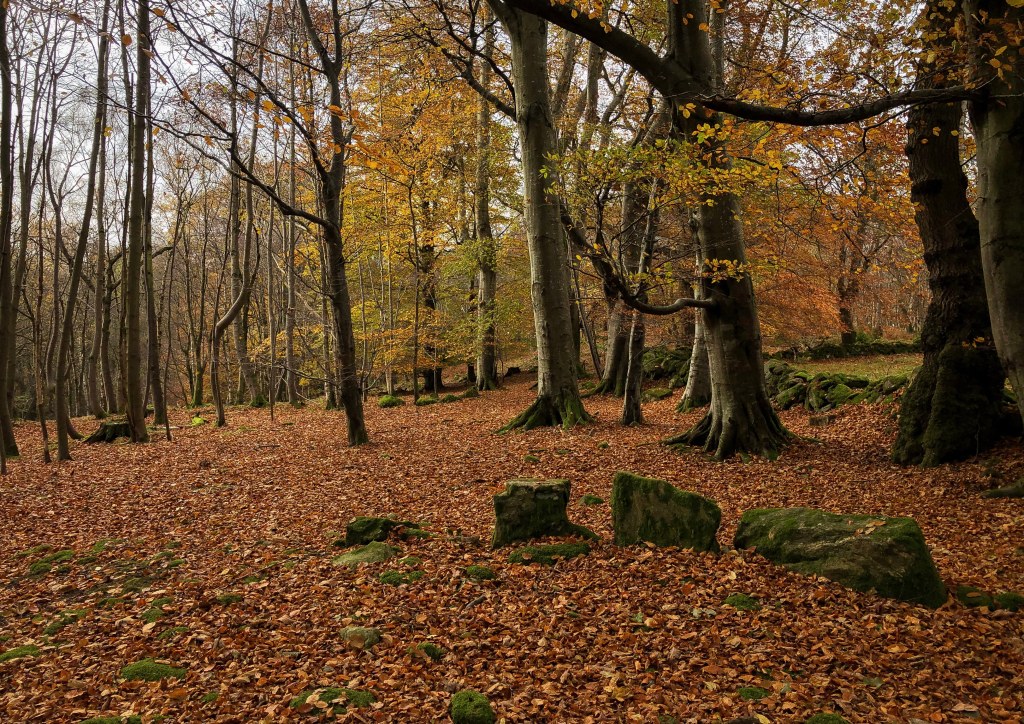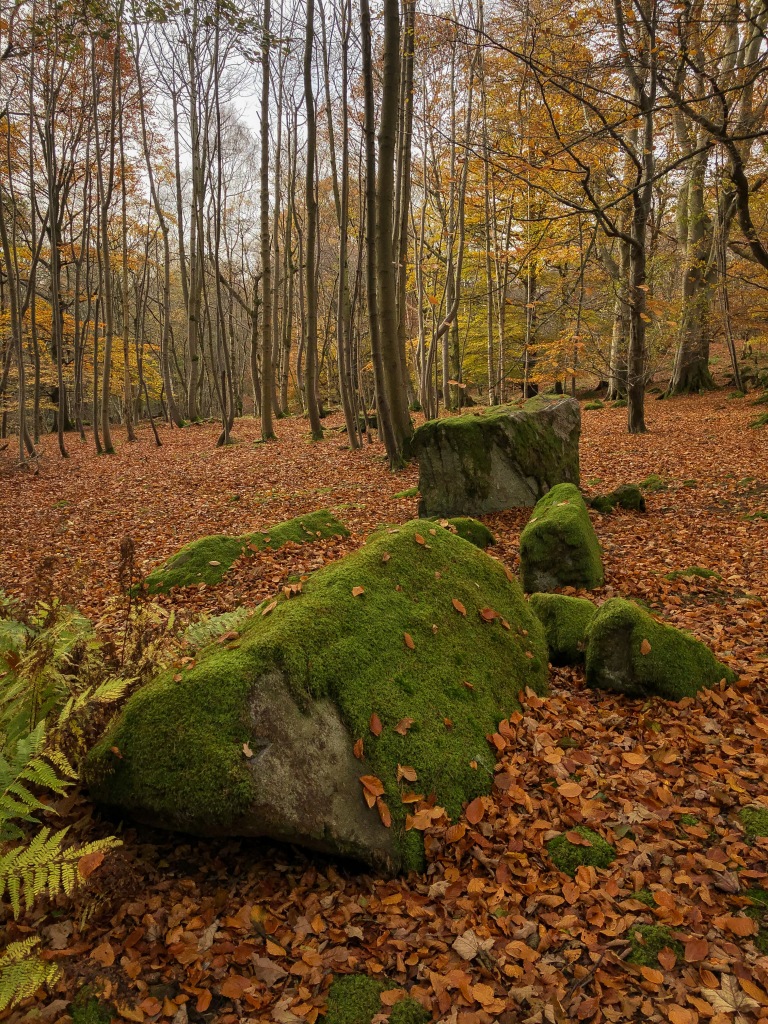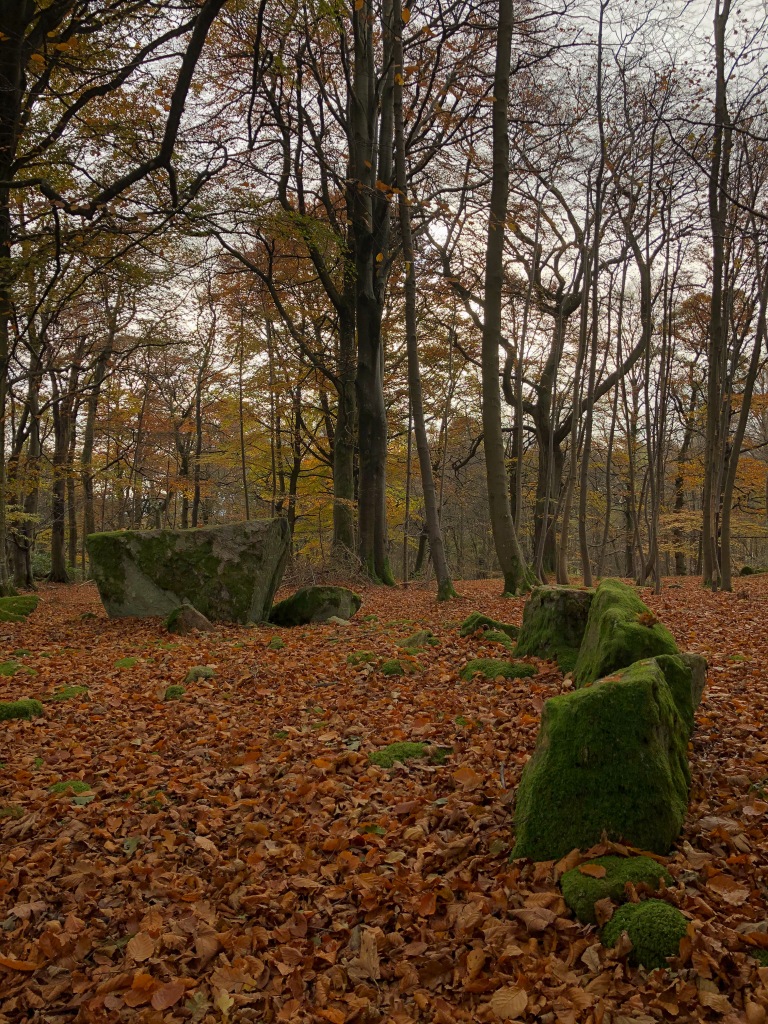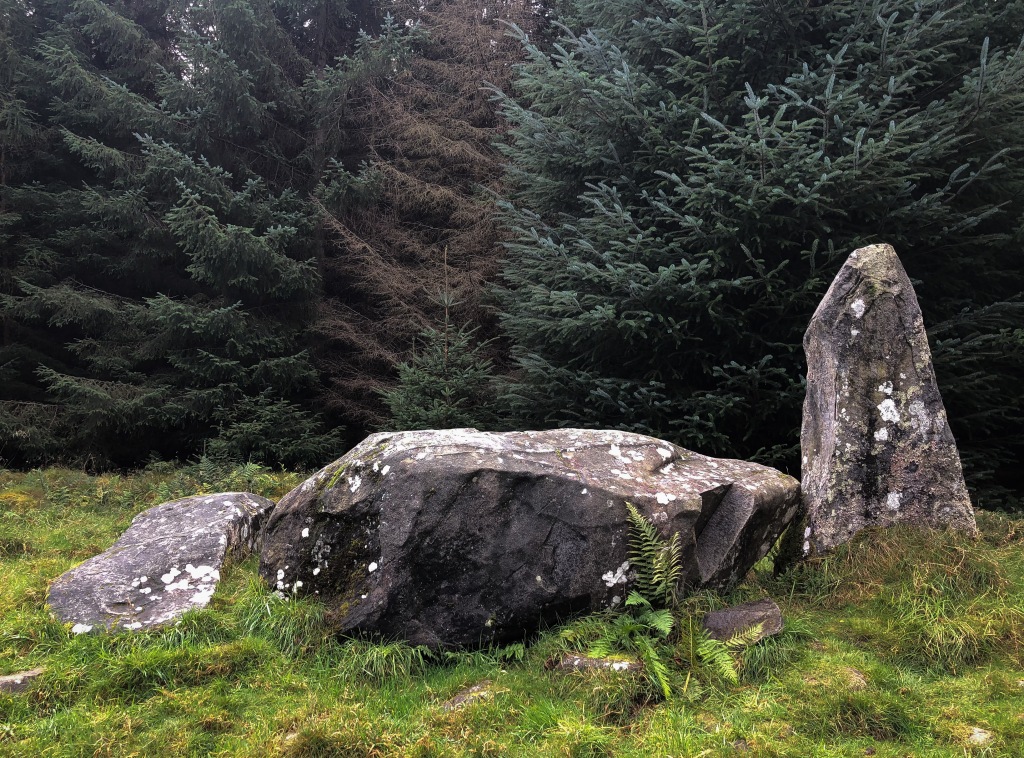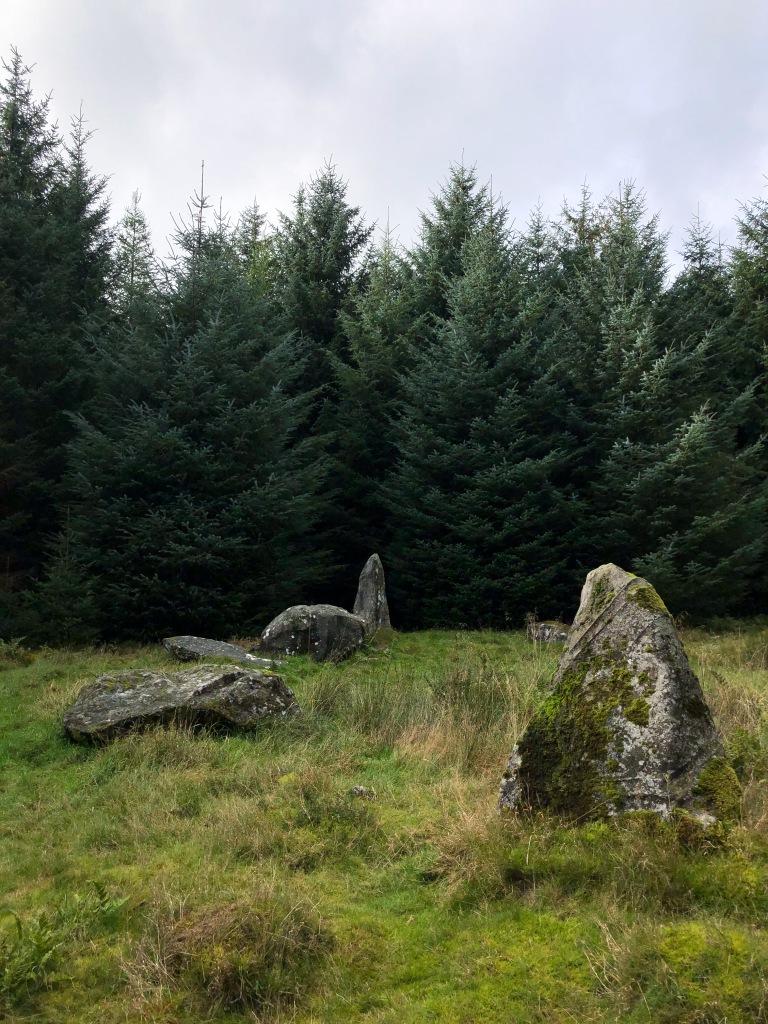I’ve been working on my PhD for the last four years and work in the lab, in the office and at home. I now very much have a list of favourite things I like to listen to at each location that I can keep listening to over and over again. I find them super helpful for getting me into ‘work mode’ so thought I’d share them just in case you could do with some inspiration too!
In the lab
Local radio is one of the first things I reach for, especially when I’m just popping into the lab for a short period, but if I’m settling in for a few hours of lab work I tend to reach for a podcast or an audiobook. There are five that spring to mind immediately as my ‘go to’ listens.
Serial

There are currently three seasons of serial. Sarah Koenig is a reporter who truly dissects the stories she follows and presents in serial. The first season focuses on the murder of Hae Min Lee in Baltimore, Maryland, the second revolves around the American prisoner/deserter/traitor Bergdahl whose time in Afghanistan is a mystery, and the third season is a deep dive into the goings on of an American courthouse. A similar and also very enjoyable podcast with much shorter stories is This American Life.
Atomic Hobo

Atomic Hobo is a nuclear war podcast by Julie McDowall. Pretty much each episode can be listened to in isolation but I would perhaps proceed with caution if you’re feeling particularly sensitive or anxious about nuclear engagement! She is a historian who researches different countries preparedness for nuclear war, historical recovery plans and she reviews different nuclear war films like Threads, When the Wind Blows and The War Game. She will blow your mind!
Lore

The tagline of this podcast is ‘Because sometimes the truth is more frightening than fiction‘. Each episode tells a dark historical tale (in many cases history merges with folklore). They’re from all corners of the globe and lots of different periods of history. They tell the stories of vampires, witches and murderers. They’re totally engaging and each episode leaves you wanting more. This podcast was also turned into a tv series which can be found on Amazon Prime…I think.
Harry Potter
Does this need an introduction? I know the story so well at this point that I don’t need to focus on the audiobook and I can concentrate on what I’m doing. Harry Potter is easy, calming and comforting. Perfect for lab work.
Under Milk Wood

Under Milk Wood by Dylan Thomas was a radio drama made for the BBC. I don’t know much about poetry but I think the whole drama is an extended poem telling the story of a small Welsh town called Llareggub (which reads ‘Bugger all’ backwards). My favourite version is the one told by Richard Burton. His accent is so pleasing to me. I’ve listened to it a million times and I still hear and understand something new each time.
In the office
There are three sci-fi movie/series soundtracks I listen to almost on repeat in the office. Those are the soundtracks of Dune, The Expanse and The Mandalorian. If you haven’t seen any of these and enjoy a bit of science fiction then I fully recommend. This is perfect ambient music to focus to and it’s the kind of music you can jump in and out of when folk want to chat and you need to remove your headphones.



At home
Sometimes I work in silence, but mostly I like to have something playing in the background. For this I need something that makes noise, but not something that I have to concentrate on or distracts me. For me, watching people play video games is the perfect non-distracting and yet comforting noise.
Animal Crossing New Horizons
Animal Crossing New Horizons is a real comfort game for me and I found a 16 hour long video on Youtube. I’ve already played this game and there is no real story so I can just let it play in the background and listen to the happy noises whilst staying fully focused on my work. If you haven’t played it then ACNH is a game in which you manage a paradise island. You decorate it, you invite villagers to live there, you collect fish, invertebrates and art to stock a museum and collect materials to build stuff. It’s great.

Stardew Valley
Stardew Valley is another happy comfort game for me and theres a guy called Sharky Games who has almost endless hours of gameplay. Similarly to ACNH I’ve played it, I know the story and I no longer need to concentrate on it. If you haven’t heard of it then you basically escape your corporate city life when you inherit your grandfathers farm in Stardew Valley. The game is essentially endless as you just bimble about fishing, doing chores for wizards and attending festivals. If you have any comfort games like this I fully recommend having them on in the background whilst you work from home!

No Mans Sky
No Mans Sky is a space odyssey! It’s epic…and like ACNH and Stardew Valley it’s basically endless. There are tonnes of planets to explore, bases you can build and intergalactic missions you can embark on. It’s a truly beautiful game and I personally love watching Survival Bob (he has good chat). He has hours and hours of gameplay on Youtube. I must have watched some of the same episodes several times and most of the time it doesn’t really matter because I’m never really fully concentrating on it.

Tomb Raider
I started watching Tomb Raider walkthroughs because I found Maegiee Leigh on TikTok. She’s a fairly new Youtuber but her videos are great and she seems lovely, which is something I really appreciate when I’m working away on my own for hours on end! I never managed to finish any of the Tomb Raider Games when I was a kid so I jumped at the opportunity to watch the bits I missed! For the games that Maegiee Leigh hasn’t played yet I search for walkthroughs without talking. I can watch the same game several times and still see new things.

These are all highly personal so let me know what your listening habits are whilst you’re working. Let me know if you listen to/watch any of these whilst you’re working too, if any of these spark your interest or what your favourites are.






















































